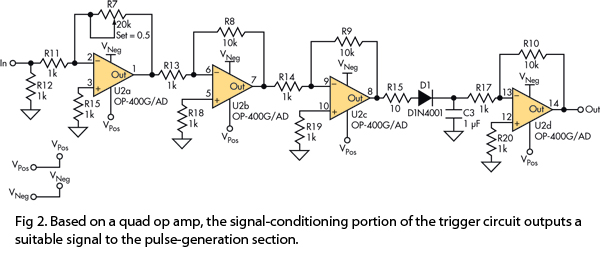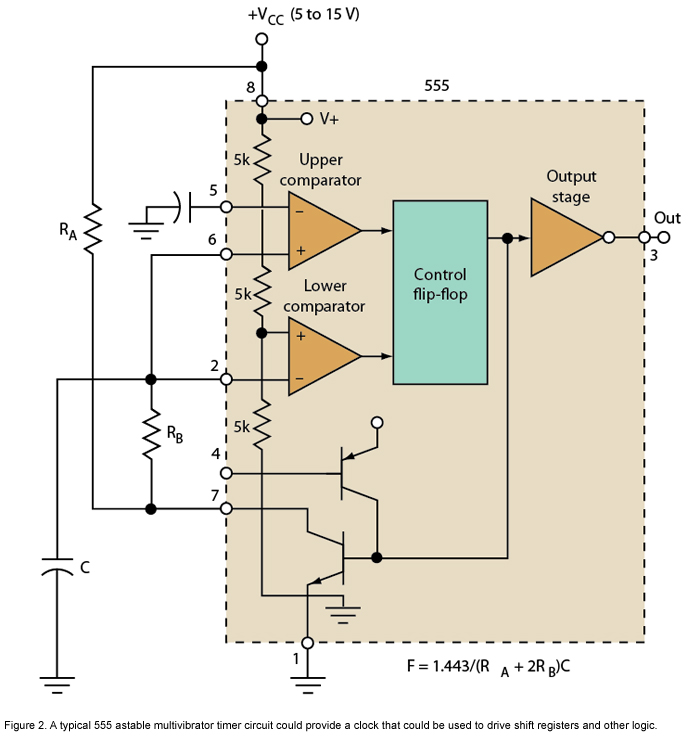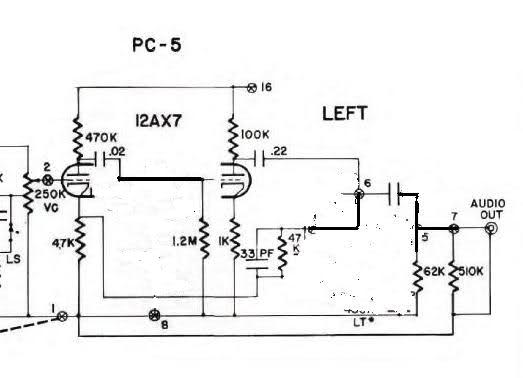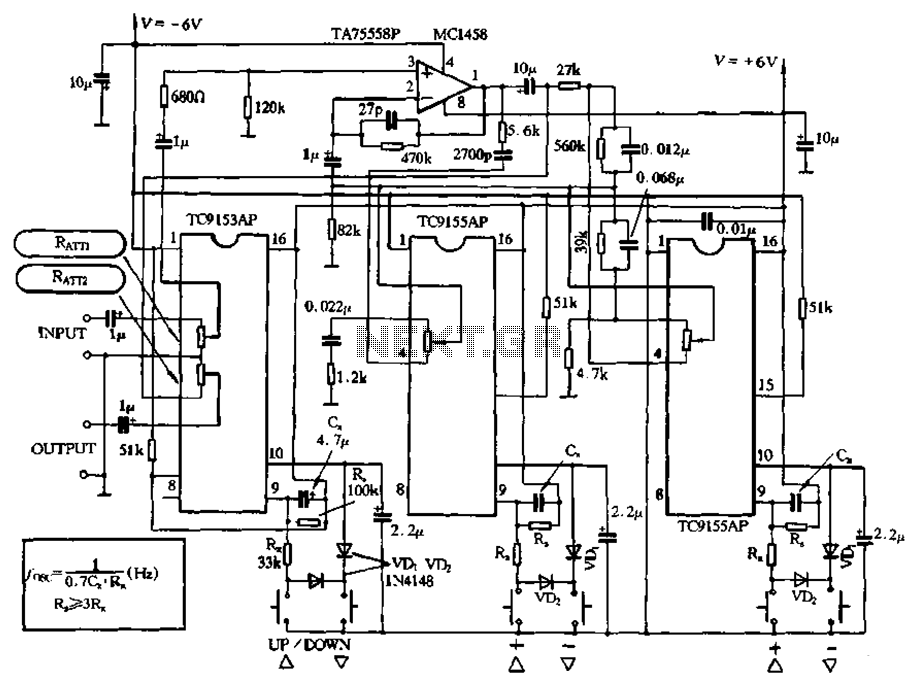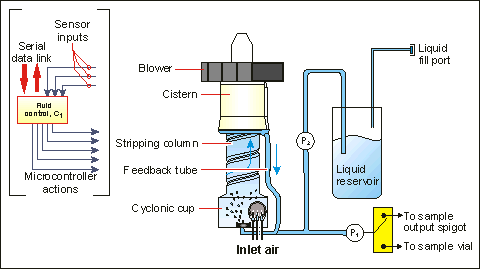
Better Volume (and Balance) Controls
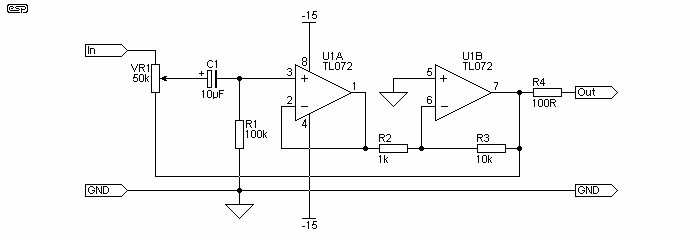
The volume control in a hi-fi amp or preamp (or any other audio device, for that matter), is a truly simple concept, right? Wrong. In order to get a smooth increase in level, the potentiometer (pot) must be logarithmic to match the non-linear characteristics of our hearing. A linear pot used for volume is quite unsatisfactory. Unless you pay serious money, the standard "log" pot you buy from electronics shops is not log at all, but is comprised of two linear sections, each with a different resistance gradient. The theory is that between the two they will make a curve which is "close enough" to log (or audio) taper. As many will have found out, this is rarely the case, and a pronounced `discontinuity` is often apparent as the control is rotated.
In a more detailed perspective, the volume control is essentially a variable resistor or potentiometer. This device is used to adjust the level of the audio signal, which is an essential function in any audio device. The potentiometer is a three-terminal resistor with a sliding contact that forms an adjustable voltage divider. If only two terminals are used, it acts as a variable resistor or rheostat.
The potentiometer that needs to be used for this purpose must be logarithmic or 'log' to match the non-linear characteristics of human hearing. This is because the human ear perceives sound in a logarithmic manner, and a linear increase in volume does not correspond to a linear increase in perceived loudness.
However, the standard potentiometers available in the market are not truly logarithmic. They are made up of two linear sections, each with a different resistance gradient. The theory behind this design is that the combination of these two linear sections will create a curve that is "close enough" to a logarithmic or audio taper. This is, however, often not the case, and a pronounced discontinuity or abrupt change in volume is often apparent as the control is rotated.
This discontinuity can be quite noticeable and can affect the listening experience. It can make it difficult to adjust the volume to the desired level, and can also result in sudden changes in volume that can be jarring. This issue can be resolved by using a true logarithmic potentiometer, but these are often more expensive.
In conclusion, the design and selection of the volume control potentiometer in an audio device is a critical aspect of the device's performance. It needs to be carefully considered and selected to ensure a smooth and satisfactory listening experience.The volume control in a hi-fi amp or preamp (or any other audio device, for that matter), is a truly simple concept, right? Wrong. In order to get a smooth increase in level, the potentiometer (pot) must be logarithmic to match the non-linear characteristics of our hearing.
A linear pot used for volume is quite unsatisfactory. Unless you pay serious money, the standard "log" pot you buy from electronics shops is not log at all, but is comprised of two linear sections, each with a different resistance gradient. The theory is that between the two they will make a curve which is "close enough" to log (or audio) taper.
As many will have found out, this is rarely the case, and a pronounced `discontinuity` is often apparent as the control is rotated. 🔗 External reference
In a more detailed perspective, the volume control is essentially a variable resistor or potentiometer. This device is used to adjust the level of the audio signal, which is an essential function in any audio device. The potentiometer is a three-terminal resistor with a sliding contact that forms an adjustable voltage divider. If only two terminals are used, it acts as a variable resistor or rheostat.
The potentiometer that needs to be used for this purpose must be logarithmic or 'log' to match the non-linear characteristics of human hearing. This is because the human ear perceives sound in a logarithmic manner, and a linear increase in volume does not correspond to a linear increase in perceived loudness.
However, the standard potentiometers available in the market are not truly logarithmic. They are made up of two linear sections, each with a different resistance gradient. The theory behind this design is that the combination of these two linear sections will create a curve that is "close enough" to a logarithmic or audio taper. This is, however, often not the case, and a pronounced discontinuity or abrupt change in volume is often apparent as the control is rotated.
This discontinuity can be quite noticeable and can affect the listening experience. It can make it difficult to adjust the volume to the desired level, and can also result in sudden changes in volume that can be jarring. This issue can be resolved by using a true logarithmic potentiometer, but these are often more expensive.
In conclusion, the design and selection of the volume control potentiometer in an audio device is a critical aspect of the device's performance. It needs to be carefully considered and selected to ensure a smooth and satisfactory listening experience.The volume control in a hi-fi amp or preamp (or any other audio device, for that matter), is a truly simple concept, right? Wrong. In order to get a smooth increase in level, the potentiometer (pot) must be logarithmic to match the non-linear characteristics of our hearing.
A linear pot used for volume is quite unsatisfactory. Unless you pay serious money, the standard "log" pot you buy from electronics shops is not log at all, but is comprised of two linear sections, each with a different resistance gradient. The theory is that between the two they will make a curve which is "close enough" to log (or audio) taper.
As many will have found out, this is rarely the case, and a pronounced `discontinuity` is often apparent as the control is rotated. 🔗 External reference
